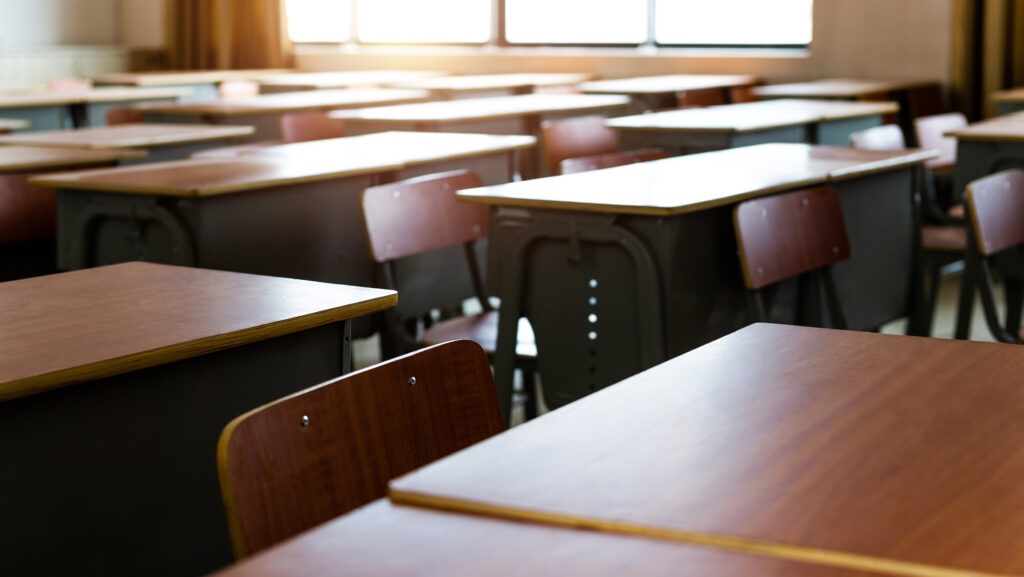ABC News reporter John Stossel provoked the wrath of teacher union president Bob Chase after a recent 20/20 program concluded that more competition, rather than more money, was likely to improve government-run schools.
Chase, who heads the National Education Association, quickly labeled Stossel a “basher” of public schools and vigorously defended the dedication of teachers in the public school system. However, the union chief did not respond to Stossel’s key conclusion: Opening up education to competition would be better for the children.
The program, “Public Schools in Bad Shape,” was broadcast on November 12, 1999. In it, New York City Schools Chancellor Rudy Crew warned that it would be wrong to create the idea that failure is “sewn within the fabric of public schools.” Stossel agreed, noting that some public schools do good work.
“But the big truth is that in city after city, the Catholic schools do better, spending less than half as much” as government-run schools, said Stossel. And while Catholic schools offer fewer union job protections, the bottom line is that “it sure seems good for the kids,” with Catholic school graduation rates far outstripping those in the public schools.
Why Catholic Schools Succeed
How do U.S. Catholic schools do well on about $3,000 per student, when Crew says the New York City schools need even more than the $8,000 per student that is currently spent? Classes in Catholic schools are much larger than in the government schools, teachers are not paid as much, and many are teaching without a four-year degree and without a masters degree.
“Maybe it’s not the money,” suggested Stossel, “but about accountability and competition.”
Catholic school principal Monsignor Wallace Harris made it clear that he was responsible for handling any crises or problems that arose at his school, and for working with parents to avoid having to expel trouble-makers. Otherwise, he said, “it will be my head that rolls.”
Who’s Accountable?
In stark contrast, 20/20 pointed out that no one’s head had rolled in the public school district serving the same neighborhood as Wallace’s school, even though the district’s math scores were the lowest in the city for years. Although district superintendent Thelma Baxter regarded this as “totally unacceptable,” she admitted that it wasn’t easy to get rid of bad teachers. According to Crew, it was a “very long and tedious process” that could take as long as two years.
As well as referencing the high failure rates in recent teacher competency tests in Massachusetts, Texas, and New York, 20/20‘s own test of 86 teachers found disconcerting examples of teacher ignorance of geography, literature, and politics.
“This is the only system where the incompetent are protected,” commented Martin Gross, author of Conspiracy of Ignorance. “The children aren’t protected. They have to suffer the consequences of bad education.”
Echoing the words of former American Federation of Teachers president Al Shanker, Stossel described the public schools as “a Soviet-style bureaucracy,” noting that “the government’s school monopoly has promised reform after reform but repeatedly failed.” It’s time to try something different, he said, like letting parents choose schools.
“You could be a genius, and you couldn’t fix this,” he said of the government school bureaucracy.
George A. Clowes is managing editor of School Reform News.




